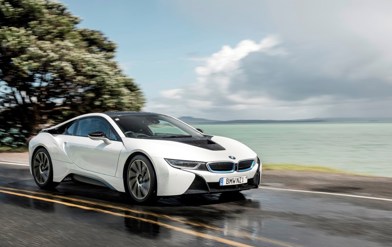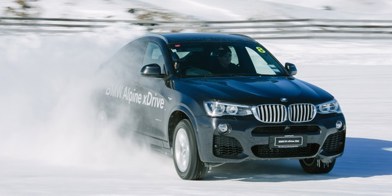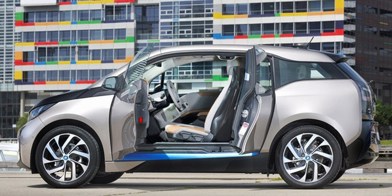The fun bit about being a motoring writer is that I get to drive a lot of different cars. If I’m honest, I’m driving review models most of the time. If I’m even more honest, there are more upmarket and performance cars in the mix than mainstream models.
So with a modest personal car budget of around $25k and no real need for a daily driver, you’d think I’d be ideally placed to indulge myself. Mature BMW M car or an older Porsche with the engine in the middle? Both are desirable and actually do-able.
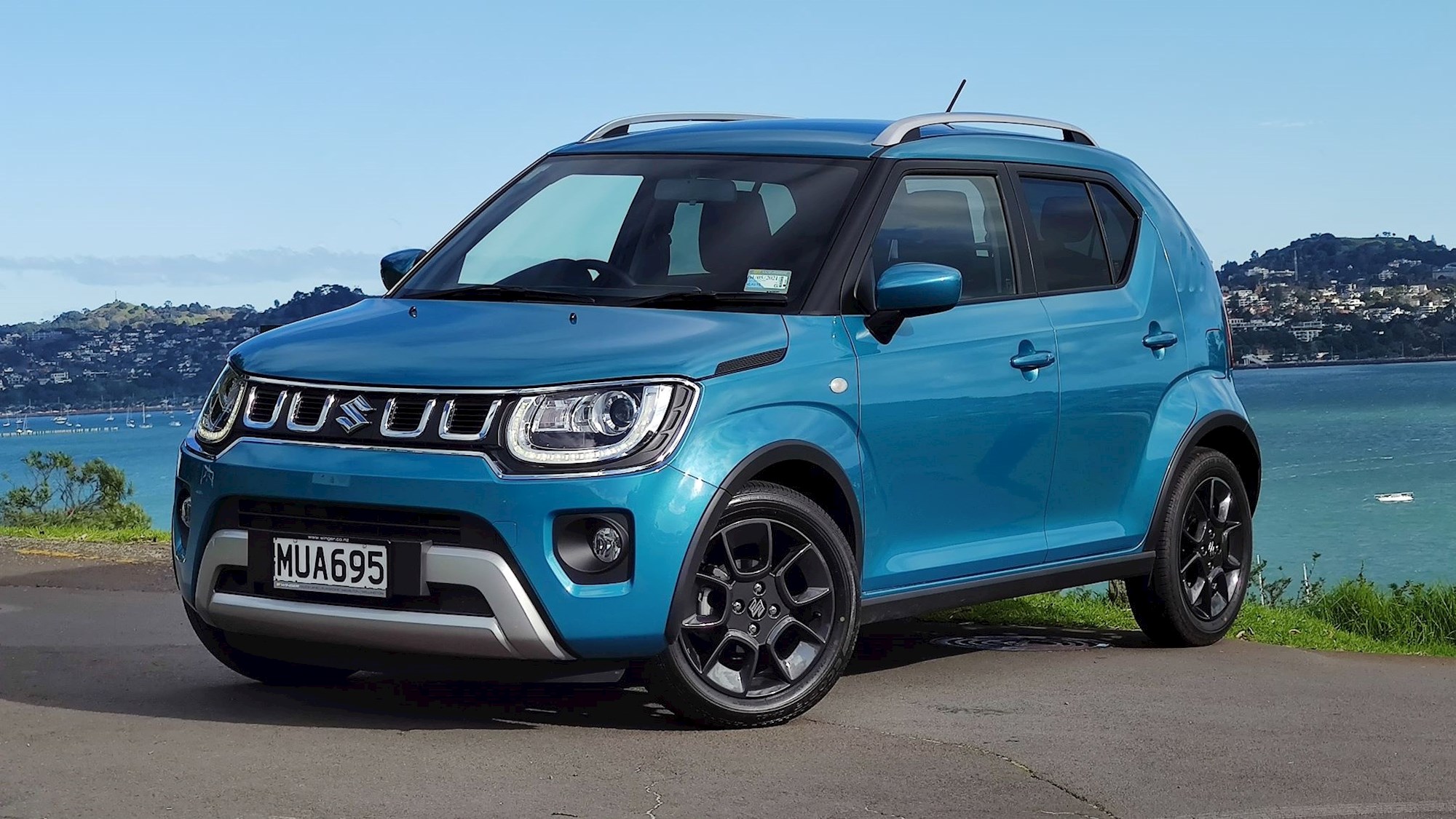
Anyway, I own a Suzuki Ignis. It’s one of the smallest, least powerful new cars you can buy in New Zealand and no, it's not a long-term test vehicle or anything like that. It's mine. I bought it with my actual money.
Here’s why I love tiny hatchbacks with tiny engines: if you love cars, part of the thrill of driving is pushing the limits (relax, just sometimes). In a car with no power and no grip you can be using 90 per cent of the available performance and handling ability at laughably low speed and that’s fun. It's going fast slowly.
Here’s why I love the Ignis in particular: it’s weird. Or should I say weird-looking, because underneath it’s really just a cut-and-shut Swift.
But on top it’s a retro-reboot of the Fronte coupe from 1971, which evolved into the Cervo/SC100/Whizzkid for the 1980s.
That’s where the fugly grille, fake C-pillar vents (the original was rear-engined) and nil-overhang profile come from.
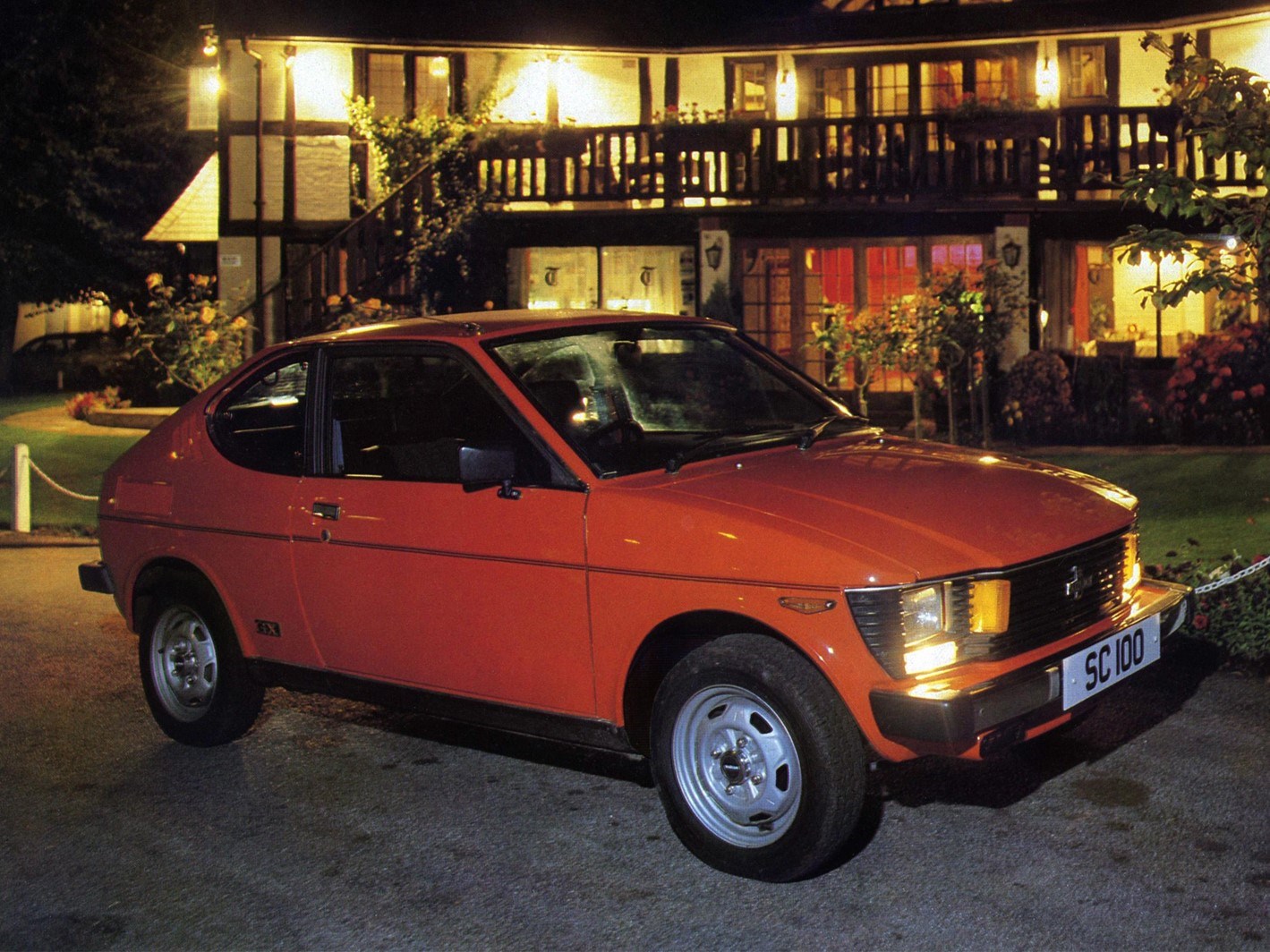
On top of that come styling cues from a variety of modern Suzukis (clamshell bonnet from the Vitara, “floating roof” from the Swift). None of this should go together and it doesn’t really. Love it.
The Ignis is also the closest thing you can buy in NZ to a kei-car. As you might know, kei-jidosha (“light automobile”) is a special tax class in Japan that specifies strict limits to exterior dimensions (less than 3.4m long, for example) and engine capacity/output (under 660cc and 47kW).
Kei cars are also famous for their idiosyncratic styling, often with a retro bent.
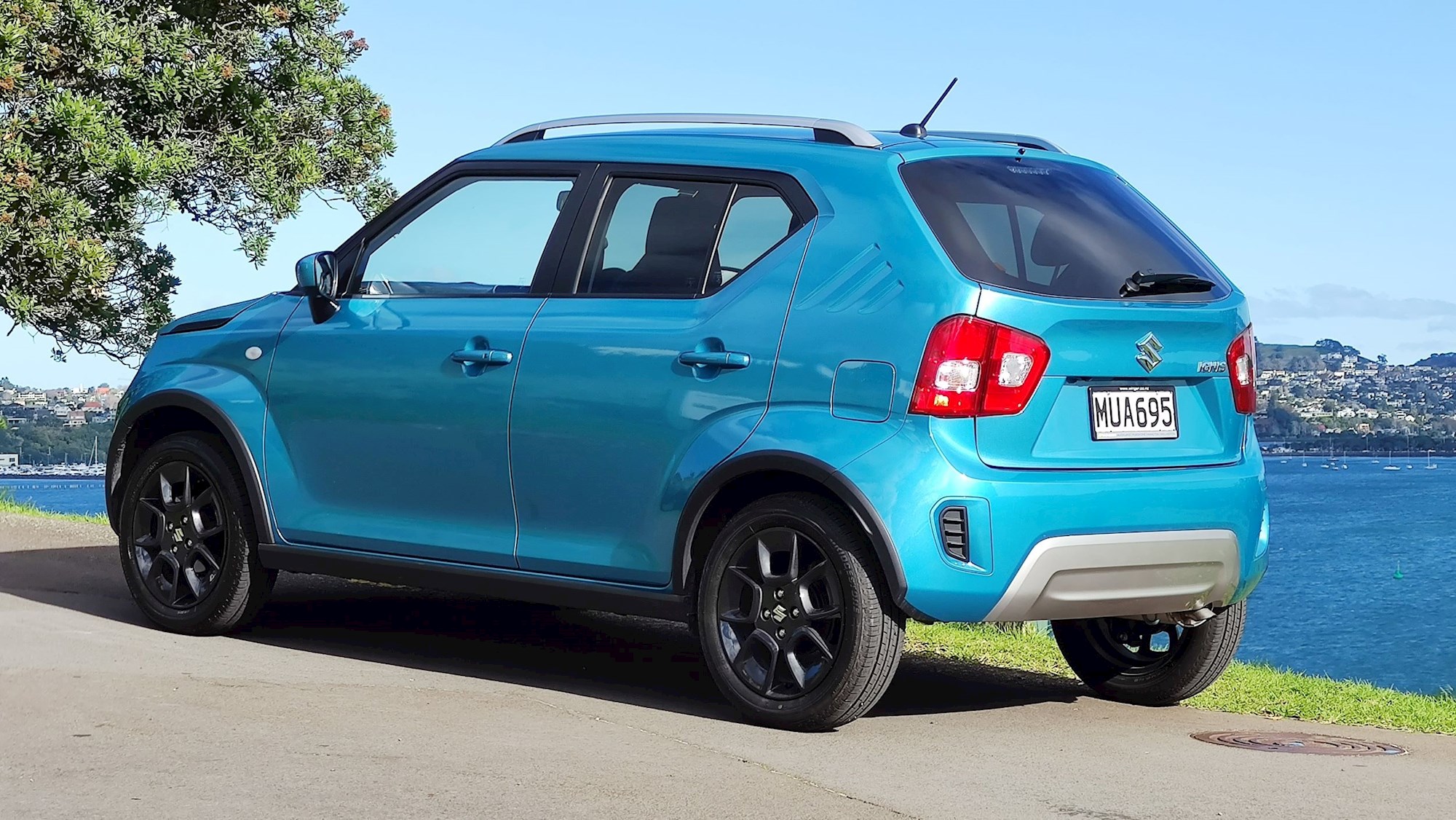
So that’s where a lot of the inspiration for the Ignis comes from, although it’s technically much too large and powerful to qualify for kei status. I enjoy telling people that.
I promised myself if I bought another brand-new car it would be manual, because they are a dying breed. So that’s what I did. You can only have the Ignis as a manual in base GLX specification, so I then added on as many options as I could to get it close to the top Limited model. No, that doesn’t make any sense on a value for money basis; but I got the car I wanted.
The 66kW powerplant makes the Ignis the mechanical equivalent of the entry Swift GL. Which means if you opt for the automatic it's the continuously variable kind - nothing wrong with that, but CVT has never been on my wish list.
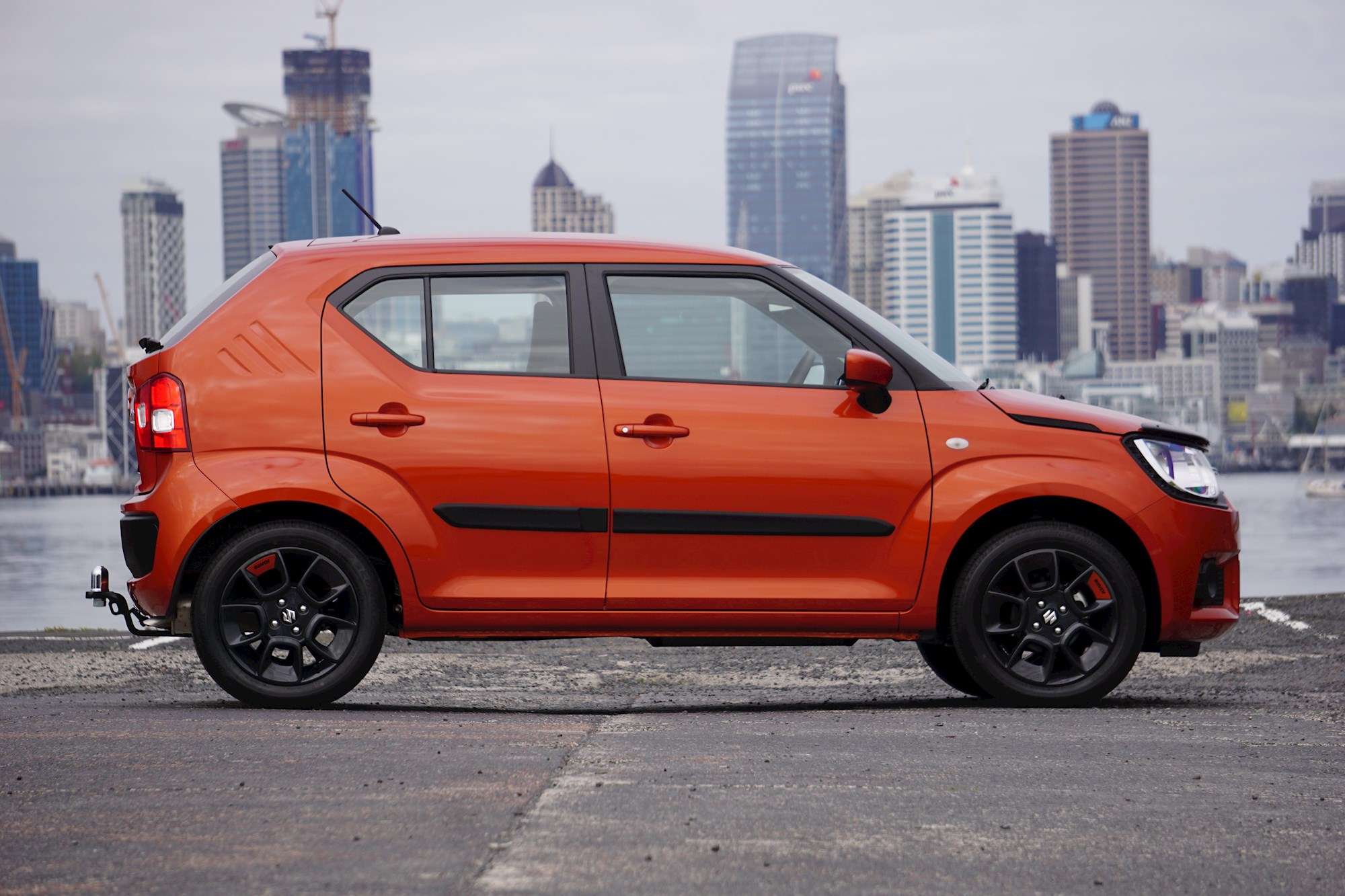
The Ignis does actually corner pretty well. In deference to the car’s city status there’s minimal self-centring to the steering, which is great for city streets but requires extra attention on the open road.
The tiny wheels and Bridgestone eco-tyres also lower the handling limits somewhat – which is not a bad thing, as we've established. But they do make the chassis a bit less responsive.
As Ignis afficiandos will see, mine (the orange one) is the pre-facelift model – bit more hatch, bit less SUV. The new version launched this year which we have on test (in blue) has gained some integrated roof rails, which makes it much better, but also a blingy grille, which makes it much worse.
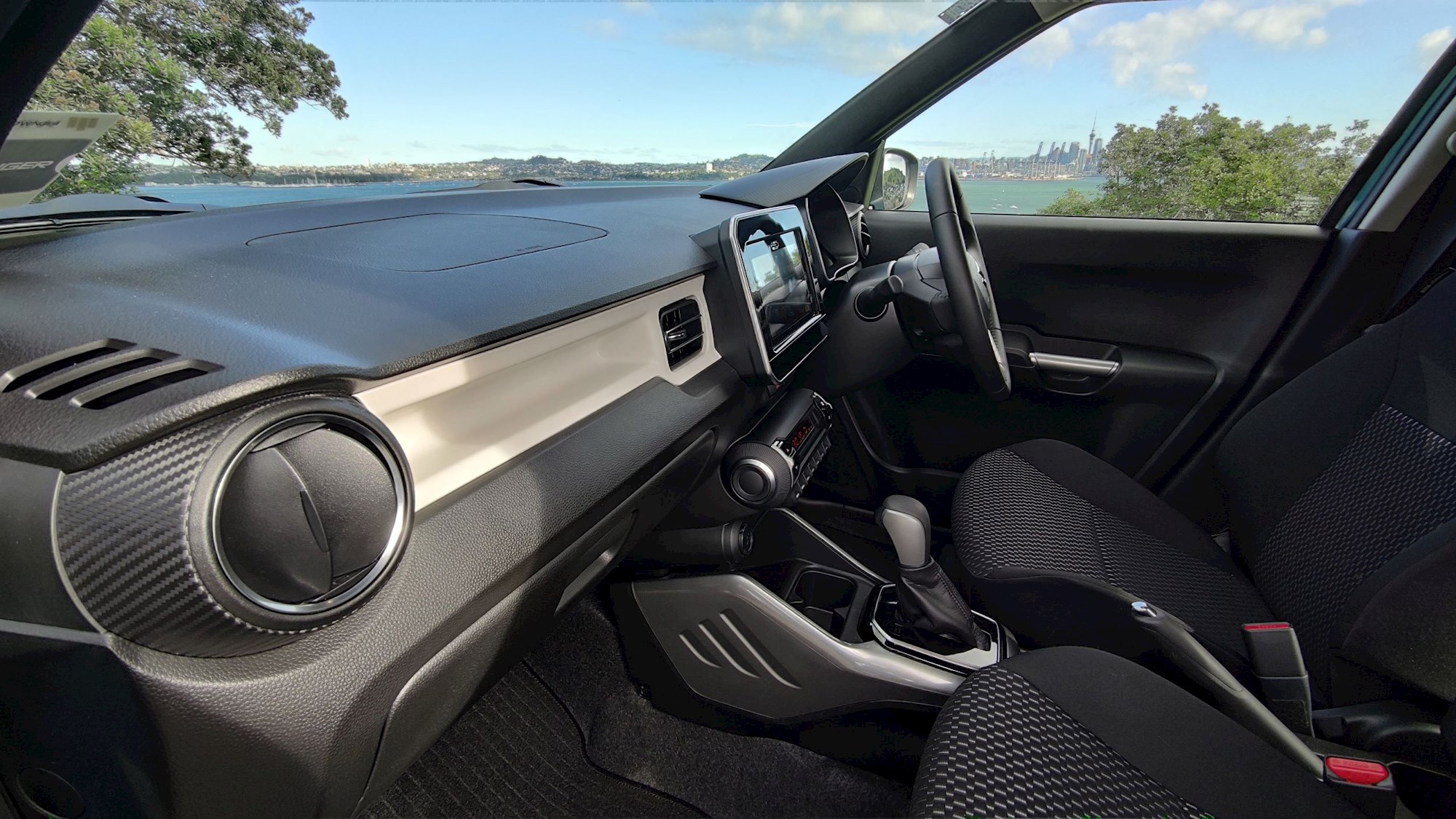
Our Ignis review car came in Limited specification, with the CVT. It’s actually pretty well matched to the engine, making the most of what torque there is. An unexpected bonus with the Ignis is that from the outside, the exhaust has an endearing burbly note under load.
Overall, the new Ignis is pretty much the same as the old Ignis, although our test car had substantially less colour in the cabin than my cream-and-orange machine.
The interior is another great thing about the Ignis: it’s made of cheap stuff (don’t brace yourself on the centre console during cornering, you’ll break it) but it looks fantastic. Much more stylish inside than a Swift or Baleno.
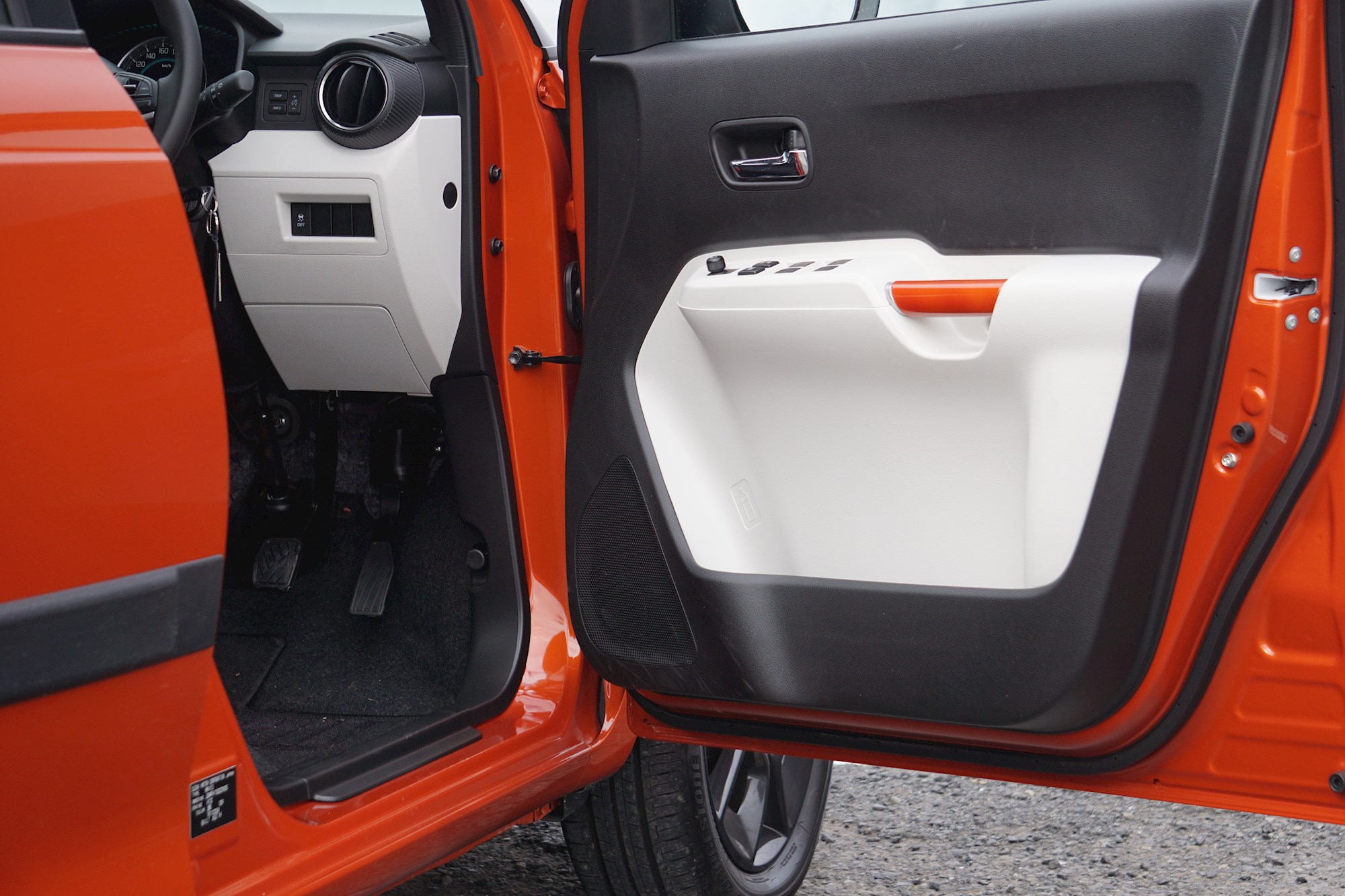
One of the terrible things this job does to you is that you become bored with most cars after a week; even the very fast and expensive ones. Except for the very special few, which are not necessarily dependent on extreme price, power or cutting-edge technology.
I genuinely look forward to driving the Ignis every time I get the chance and when I do, I feel very happy. Especially when I’m on the ragged edge.
To view all Suzuki Ignis models currently listed on DRIVEN, click here
SUZUKI IGNIS LIMITED
ENGINE: 1.2-litre petrol
POWER: 66kW/120Nm
GEARBOX: Continuously variable automatic, FWD
ECONOMY: 4.9l/100km
PRICE: $24,490.













